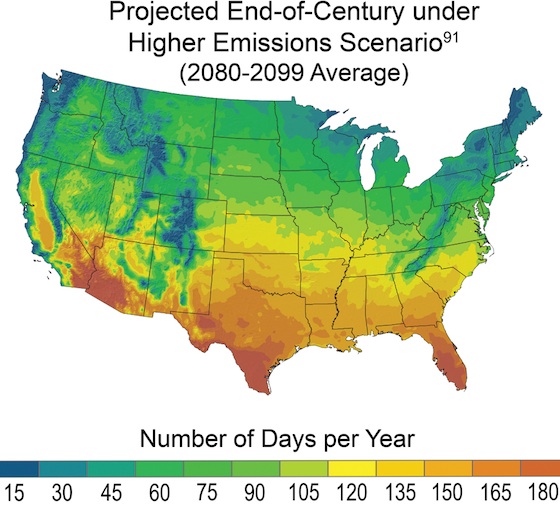When engineers first assessed the future home of the Fukushima nuclear power plant that would eventually melt down in response to a tsunami, the site featured a striking, 82-feet-high bluff that overlooked the ocean below.
It was more than high enough to have withstood the tsunami that struck the site in March. But a cost-benefit calculation indicated that controlling company Tepco could save money if it put the plant’s cooling seawater pumps nearer to sea level. So Tepco leveled the hill with bulldozers.
"We decided to build the plant at ground level after comparing the ground construction costs and operating costs of the circulation water pumps," wrote Hiroshi Kaburaki, then deputy head of the Tepco's construction office at the Fukushima No. 1 plant, in the January 1969 edition of Hatsuden Suiryoku, a technical magazine on power plants.
Nothing to see here, folks: just the invisible hand of the market doing what it does best.



